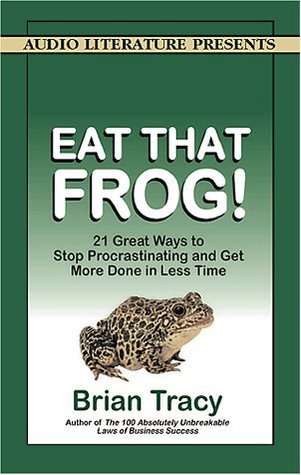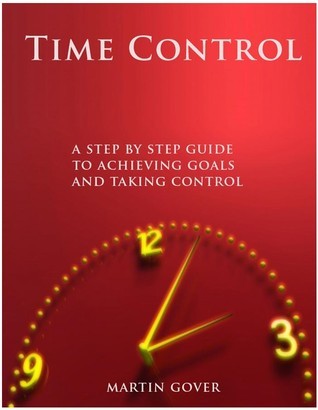
Eat That Frog! 21 Great Ways to Stop Procrastinating and Get More Done in Less Time
Book Description
What if conquering your biggest tasks could unlock a life of productivity and fulfillment? "Eat That Frog!" distills the essence of time management into 21 powerful strategies, each designed to obliterate procrastination and propel you toward your goals. With razor-sharp insights and practical tips, Brian Tracy reveals how tackling your most daunting challenges head-on can transform chaos into clarity, unlocking a world where accomplishment reigns. From prioritizing your daily agenda to mastering the art of focus, each page brims with urgency and excitement. Are you ready to take the leap and reshape your destiny?
Quick Book Summary
"Eat That Frog!" by Brian Tracy is a practical guide aimed at helping individuals overcome procrastination and maximize productivity. Tracy champions the philosophy of tackling the hardest and most important task—the "frog"—first thing every day. Drawing on 21 actionable strategies, he provides readers with tools to manage time, set priorities, and develop laser-sharp focus. The book emphasizes clarity of goals, the importance of breaking tasks into manageable steps, and the recurring need for self-discipline. By learning to "eat the frog," readers can significantly improve their efficiency, reduce stress, and move closer to their personal and professional aspirations. With straightforward advice and motivational insights, Tracy's work serves as a blueprint for anyone seeking lasting change in their productivity habits.
Summary of Key Ideas
Table of Contents
Clarify and Prioritize Your Goals
Brian Tracy’s central metaphor in "Eat That Frog!" illustrates a powerful lesson: the way to beat procrastination is to identify and tackle your largest, most challenging, and most important task at the start of your day. Tracy argues this sets the tone for productivity, building momentum as other tasks seem far easier by comparison. The book advocates for clear recognition of your highest-value activities and resisting the temptation to be distracted by less meaningful work. Tracy’s approach is grounded in the belief that daily discipline in work habits is essential for cumulative success.
Tackle the Most Important Tasks First
Clarifying goals and clarifying priorities are foundational themes. Tracy emphasizes starting with clarity about what you want to achieve, both long- and short-term. By defining your objectives and writing them down, you bring structure to your intentions. Next, breaking big tasks into smaller actionable steps makes them less intimidating. Tracy also introduces the 80/20 rule: 20% of what you do yields 80% of results. Focusing energy on high-impact tasks ensures you invest your time where it matters most.
Harness the Power of Planning and Organization
Organization and planning constitute another key area. Tracy recommends planning every day in advance, using lists and action planning to identify the sequence of steps required to reach your goals. Scheduling tasks and setting deadlines help maintain accountability and track progress. Routines and systems are essential, as they allow for repeatable success and reduce decision fatigue. By organizing your workflow and environment, you create conditions for sustained productivity.
Develop Consistent Habits and Discipline
Developing habits of self-discipline and persistence is a recurring lesson. Tracy suggests acting immediately and persistently, even when motivation lags. He urges readers to cultivate the habit of "single handling," which means dedicating focused, uninterrupted time to the task until it is complete. This approach minimizes distractions and boosts efficiency. Tracy also stresses that self-control and disciplined routines separate high achievers from the rest.
Overcome Procrastination with Action-Oriented Mindsets
Underlying every strategy is an action-oriented mindset. Tracy encourages reframing challenges as opportunities and viewing mistakes as learning experiences. Regular self-reflection and willingness to adjust strategies ensure continuous improvement. The adoption of positive mental habits—such as optimism and resilience—fuels the reader’s ability to combat procrastination. Ultimately, Tracy’s toolkit equips readers to act decisively, conquer their toughest "frogs," and unlock higher levels of performance and fulfillment.
Download This Summary
Get a free PDF of this summary instantly — no email required.





